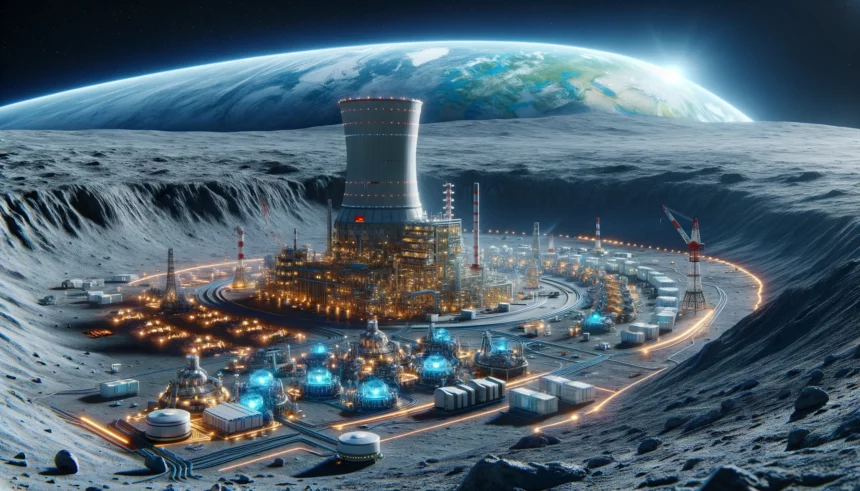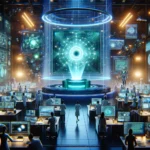Russia and China are exploring a groundbreaking project to establish a nuclear power plant on the moon between 2033 and 2035, announced Yuri Borisov, the leader of Russia’s space agency, Roscosmos.
This venture aims to overcome the limitations of solar panels, which cannot guarantee a consistent electricity supply for potential lunar habitats. Instead, a nuclear facility could provide a stable power source, essential for the sustainability of future moon settlements.
Borisov, who ascended to his role at Roscosmos in 2022, emphasized the collaborative efforts with China in advancing their lunar program, leveraging Russia’s prowess in “nuclear space energy.” The proposition of a nuclear plant on the moon signifies a significant technological leap, requiring the deployment and assembly of the power unit through automated, machine-driven processes, according to Borisov.
This announcement follows concerns and speculations from the US about Russia’s intentions to deploy new nuclear weaponry against satellites. However, Borisov clarified that there are no plans to station nuclear arms in space, underscoring the peaceful nature of this lunar initiative.
Moreover, Borisov revealed plans for constructing a nuclear-powered cargo spacecraft, a venture poised to revolutionize space logistics. This spacecraft, envisioned as a colossal structure equipped with a nuclear reactor and high-powered turbines, could facilitate the transport of large cargoes between orbits, aid in space debris collection, and serve various other purposes. While technical hurdles have been largely addressed, cooling the nuclear reactor remains a challenge that Roscosmos is determined to overcome.
Despite the ambitious nature of these projects and previous setbacks in the Russian space program, the proposed nuclear power plant on the moon showcases the potential for significant advancements in space exploration and utilization.















